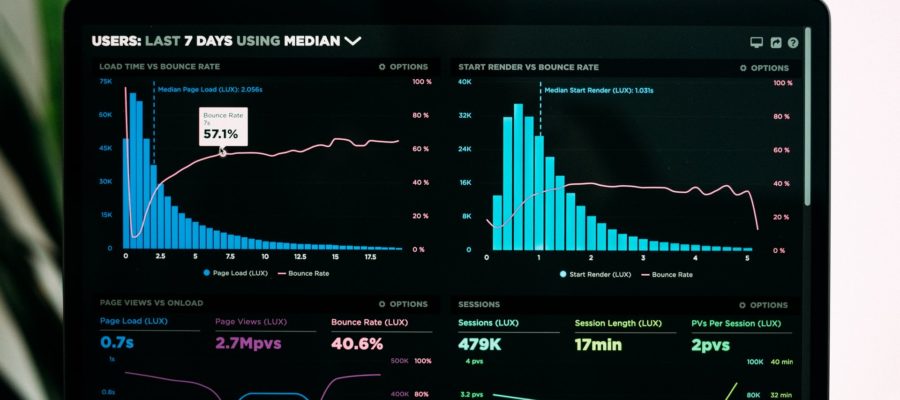Do you remember in high school or college when you had to complete those infamous group projects? There was always some level of stress because you had to work with different team members throughout your build process and even if you were doing the best practice, there was no way to guarantee everyone would pull their weight. Well, sometimes you run up against similar issues in the real world at your job. Building software programs and coding sites is a huge example. Software developers are constantly working on new features or different code changes, so how can you work to keep everything in alignment throughout the whole group project?
This is where continuous integration comes in. With the help of these deployment practices, your development team will have a mechanism to help them stay on the same page. Allow for visibility and testing so that even small changes don’t throw off the whole operation. By staying connected and understanding different elements of your coding situation, you’ll be able to run a more efficient model. Let’s take a look at a few of the specific reasons why you should rely on continuous integration.
What is continuous integration?
Before you dive into the benefits of continuous integration, let’s explore what that phrase actually means. This is a process of constantly updating and integrating changes in code that different builders are making at the same time. This often happens automatically while many people are working on one software project. Rather than waiting for everyone to finish and seeing if your build automation aligns, continuous integration helps to alert everyone to the best practices at the moment. This helps your functions stay aligned through testing and deployment every step of the way.
1. Save yourself time in the long run.
As a software developer or business owner, you’ve got a lot on your plate. There simply aren’t enough hours in the day to constantly be reworking your software programs. When you complete a task, you want that new code to work well so you can move on to the next step in the development cycle. Implementing continuous integration will save you time in the long run. As you build and code you’ll be testing operations so you don’t have to go back and fix your work later on. This will help you with the overall development process and an automated build.
2. Guarantee a more unified, cohesive product.
One of the benefits of continuous integration is the quality assurance you get when using this platform. If you just had everyone developing their own codes and systems, the end result would look like a program that was thrown together without any rhyme or reason. When you use continuous integration, you’ll be improving code quality and helping to be sure everyone is on the same page with what they’re creating. Think of this as version control to create something truly great.
3. Communicate more effectively as a team.
Even when everyone is working on separate pieces of code or different software operations, you still need to communicate to maintain an effective workflow. Continuous integration forces a dependency on your other coders. What you build will constantly be tested and communicated with other members of the team. This will help you create a more streamlined approach to your work overall.
4. Release and update the software on a regular basis.
The internet is constantly changing and updating, so you’re just trying to keep up. The continuous integration pipeline allows you to create a workflow that recognizes and evolves based on these changes. This will allow you to release new software and update code on a more regular basis to create that competitive advantage.
